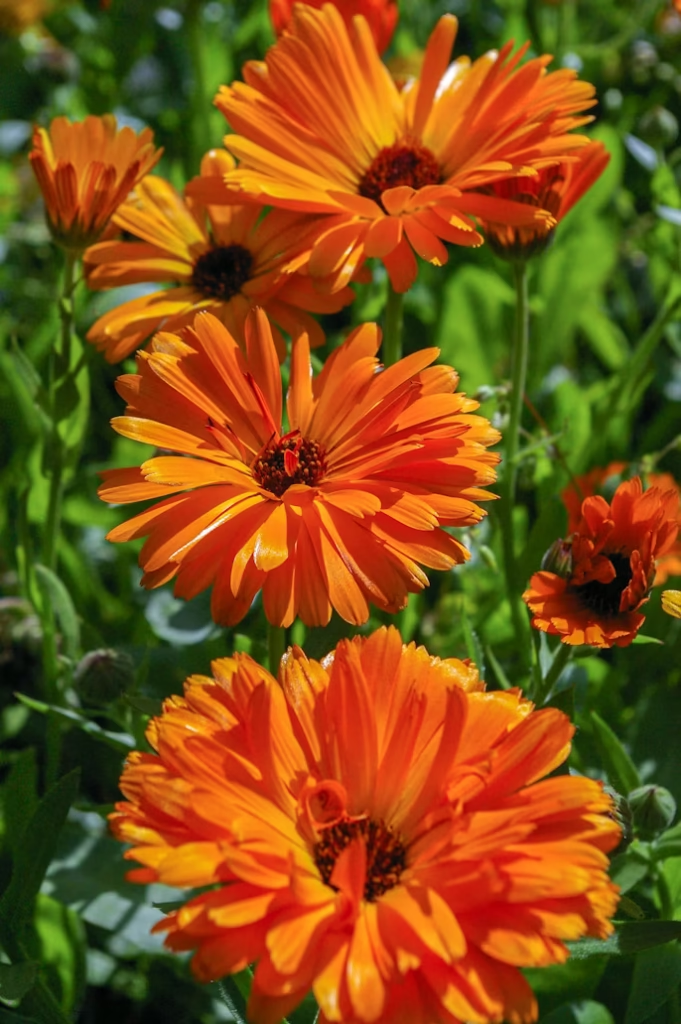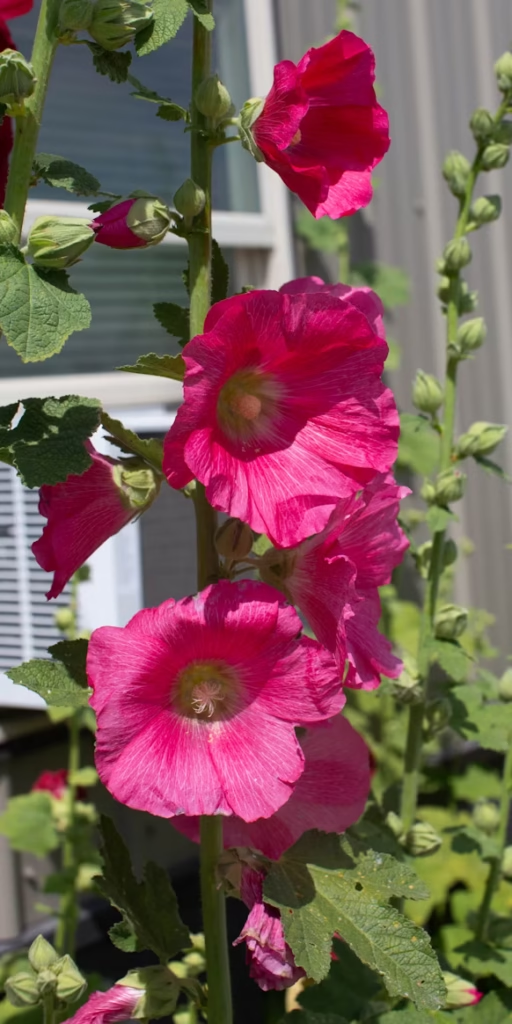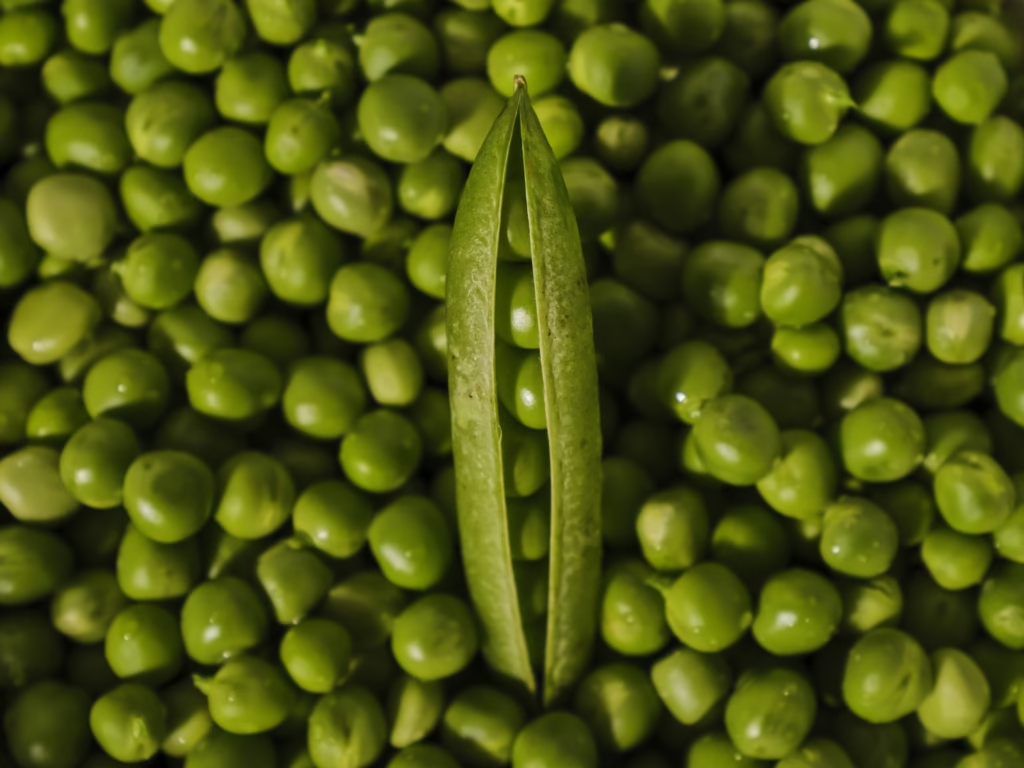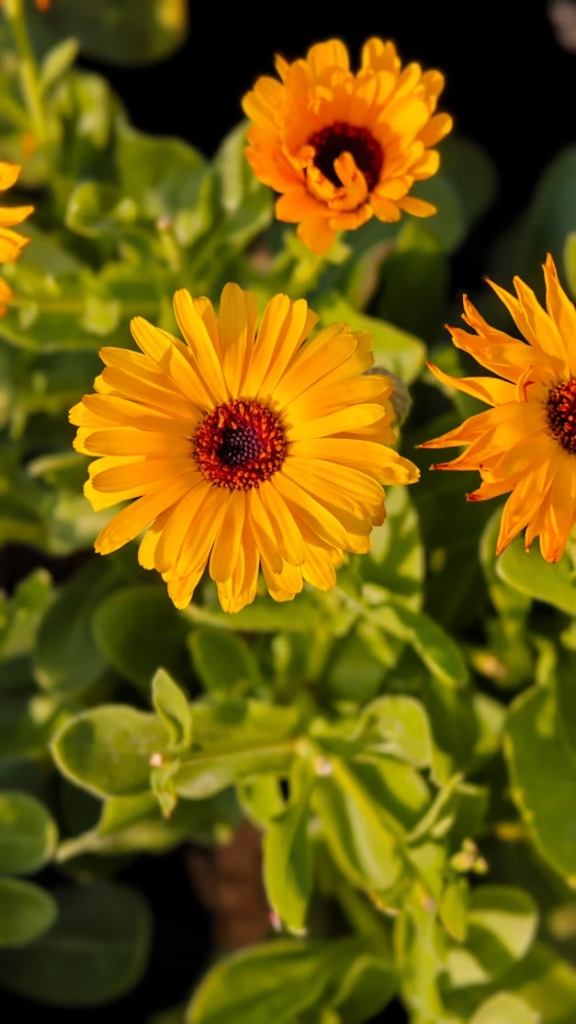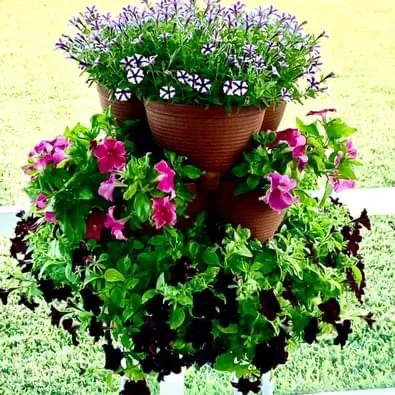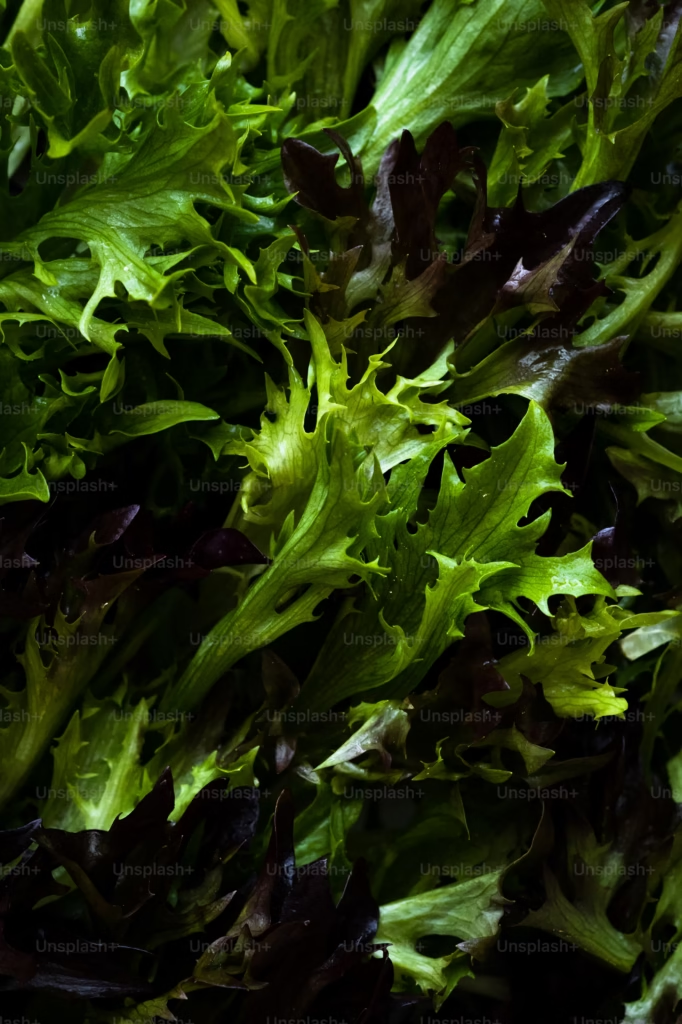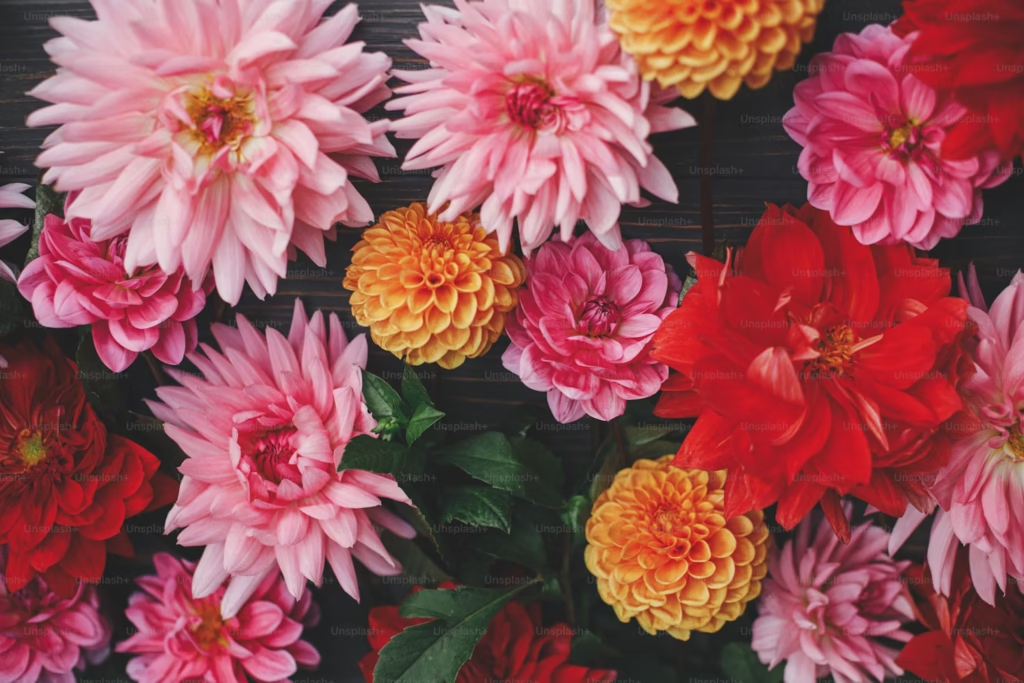
Dahlias are one of the most beloved flowers in the summer garden. Their bold colors and intricate blooms bring endless beauty to beds, borders, and containers. While many gardeners grow dahlias from tubers, you can also grow them from seed. Learning how to save dahlia seeds allows you to create new plants, discover unique varieties, and keep your favorite blooms year after year. Seed saving is both rewarding and cost-effective, making it a valuable skill for any gardener.
In this guide, you will learn how to collect, dry, and store dahlia seeds successfully. We’ll also cover how to plant them the following season so you can enjoy continuous color in your garden.
Why Save Dahlia Seeds?
Saving dahlia seeds gives you more than just free plants for next season. It also opens the door to variety and surprise. Unlike tubers, which produce identical clones of the parent plant, seeds carry genetic diversity. When you grow dahlias from seed, each one may display a slightly different color, shape, or size. This means you can discover one-of-a-kind blooms right in your own backyard.
In addition, seed saving allows you to extend the life of your garden favorites. If you live in colder zones where tubers cannot survive outdoors, seeds give you another way to keep growing dahlias without relying solely on digging and storing tubers.
When to Begin Dahlia Seed Saving
Timing plays an important role in successful dahlia seed saving. Seeds develop in the flower heads after blooms fade and petals fall away. Therefore, you should wait until late summer or early fall to begin collecting. At this stage, the seed pods will have matured and dried, making them easier to harvest.
However, do not rush the process. Seeds need time to ripen fully on the plant. If collected too early, they will not germinate. Aim to harvest only when the flower heads turn brown, papery, and dry. By waiting for this stage, you ensure that seeds are viable and ready for long-term storage.
How to Identify Mature Dahlia Seeds
Knowing what to look for makes seed saving simple. After your dahlia blooms fade, you’ll notice the center of the flower forming a cone-shaped seed head. This structure holds the developing seeds. As it matures, it will dry and darken in color.
Inside the dried flower head, you will find small, flat, elongated seeds. They are usually dark brown to black and resemble tiny slivers. If the seeds appear pale, thin, or soft, they are not yet mature and will not germinate well. Always check for firmness and darkness in color before collecting.
How to Harvest Dahlia Seeds
Once the seed heads have dried on the plant, it is time to collect them. Begin by cutting the flower head from the plant with clean scissors or pruners. Place the heads into a paper bag or basket so they can continue drying indoors. Avoid using plastic bags, as they trap moisture and may cause mold.
After a few days, gently pull apart the dried flower head to release the seeds. Use your fingers to separate them from the chaff, which is the dried petals and plant material. If you have many flowers to process, you can shake them over a fine mesh screen to help separate the seeds more efficiently.
How to Dry Dahlia Seeds Properly
Drying is a critical step in seed saving. Seeds that are not fully dry before storage can spoil or lose viability. Spread your collected dahlia seeds in a single layer on a paper towel or fine mesh tray. Keep them in a cool, dry location away from direct sunlight.
Allow the seeds to dry for at least one week. Stir or shake them gently every day to promote even drying. By the end of the week, the seeds should feel hard and crisp to the touch. If they still feel soft, give them additional drying time.
Best Storage Methods for Dahlia Seeds
Proper storage helps ensure that your seeds remain viable until planting season. Once dry, place your dahlia seeds into seed saving paper envelopes. Write the variety name and date of harvest on the envelope for easy identification later. If you collected seeds from multiple plants, labeling prevents mix-ups.
Next, store the envelopes inside an airtight container, such as a metal box, glass jar or plastic container. Keep the container in a cool, dark, and dry place. Ideal storage temperatures range from 40–50°F, so a basement, closet, or even the refrigerator works well. For extra protection you can add a silica gel packet to absorb moisture. Avoid storing seeds in damp or hot locations, as these conditions can reduce germination.
How Long Do Dahlia Seeds Last?
When stored correctly, dahlia seeds can remain viable for three to four years. However, germination rates will be highest in the first two years. To get the best results, try to plant your saved seeds within one to two seasons after collection.
How to Plant Saved Dahlia Seeds
Planting dahlia seeds is an exciting process because every seedling may reveal a new variation. To begin, start your seeds indoors about 6–8 weeks before your last spring frost date. This head start allows plants to grow strong before moving outside.
Fill seed trays or small pots with a well-draining seed starting mix. Place one or two seeds per cell, then cover lightly with soil. Water gently to keep the mix moist but not soggy. Place trays in a warm location with plenty of light. A sunny windowsill or grow light works well for indoor germination.
Seeds usually sprout within 7–14 days. Once seedlings have grown two sets of true leaves, thin them to one per cell. Continue growing them indoors until outdoor temperatures reach at least 60°F. At that point, you can harden them off by gradually exposing them to outdoor conditions before transplanting into the garden.
Tips for Strong Dahlia Seedlings
Healthy seedlings require consistent care. Water them regularly to keep the soil evenly moist but never waterlogged. Provide at least 12–14 hours of light daily to encourage sturdy growth. If your seedlings appear leggy, move them closer to the light source.
When transplanting outdoors, choose a sunny location with well-drained soil. Space your dahlias about 12–18 inches apart to allow airflow and reduce disease. With the right care, your seed-grown dahlias will produce vibrant blooms in mid to late summer.
The Joy of Growing Dahlias from Seed
Saving and planting dahlia seeds brings a sense of creativity and surprise to your gardening. Unlike tubers, which always reproduce identical flowers, seeds offer endless variety. You may discover striped petals, new color blends, or different flower shapes that you never expected.
This process also connects you more deeply with your garden. From collecting seeds in the fall to watching seedlings sprout in spring, every step adds to the joy of growing dahlias. Plus, it saves money and reduces the need to purchase new tubers each year.
Final Thoughts on Dahlia Seed Saving
Dahlia seed saving is an easy and rewarding practice that every gardener can try. By collecting seeds at the right time, drying them properly, and storing them in a cool, dry place, you ensure a healthy supply for next season. Planting saved seeds in spring brings new surprises to your garden and allows you to experiment with unique blooms.
Whether you want to preserve a favorite variety or discover new ones, seed saving gives you the chance to grow dahlias in a more sustainable and creative way. Once you experience the excitement of watching your saved seeds bloom, it will quickly become one of your favorite gardening traditions.
Please be sure to check out my Gardening Blog Post Page for more tips on all types of gardening. Including Seed Saving, Seed Starting, Orchids, Water Gardening, Coldframe Gardening, Indoor Bulb Gardening, Hydroponics, Container Gardening, Mums, Herbs, African Violets, planting Bulbs, Flower Gardening, Vegetable and Fruit Gardening, Indoor Houseplants of all kinds, Bonsai, Cactus, Succulents, Hanging plants, Deer resistant plants and even Bird, Bee, Butterfly and Hummingbird Gardens!

